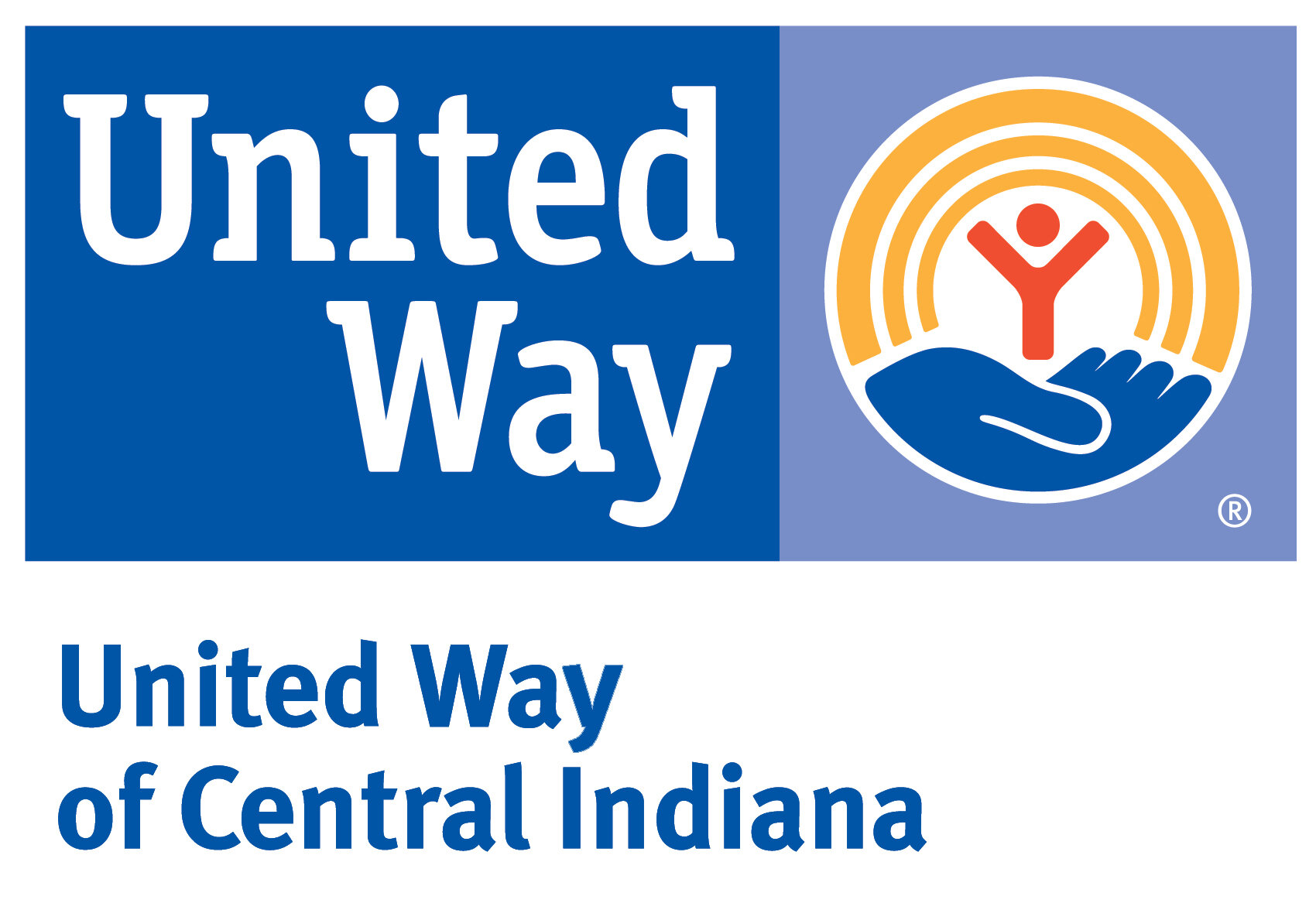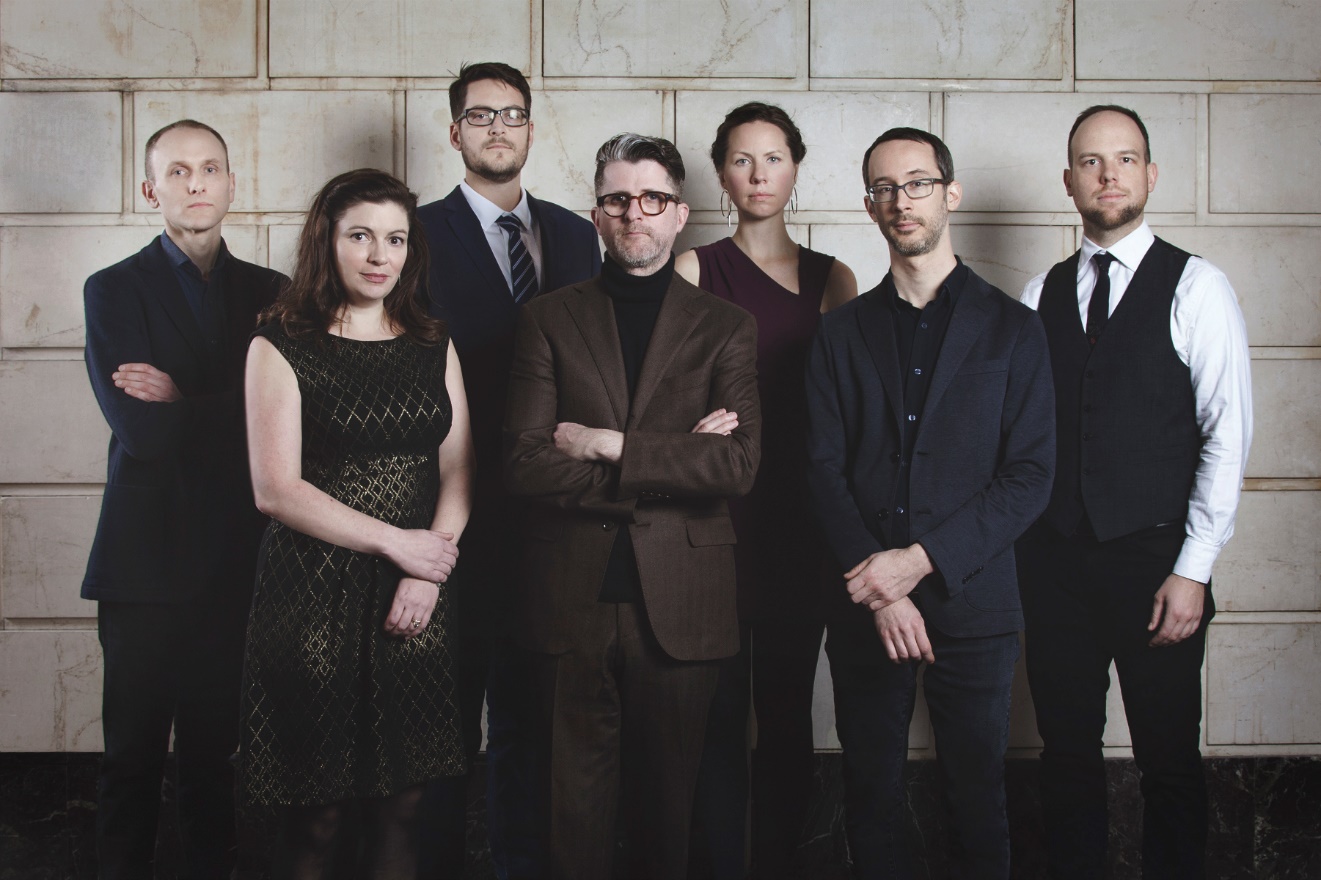In 2021, 35% of Putnam County households were in poverty or considered ALICE, meaning they earned above the Federal Poverty Level but not enough to afford a basic household budget.
That’s 4,748 households – a 3% increase since 2018.
The figures were released today by United Way of Central Indiana and Indiana United Ways, in partnership with United For ALICE, as part of a 2023 report, “ALICE in the Crosscurrents: COVID and Financial Hardship in Indiana.” This is the first data report from United Way that shows how the COVID-19 pandemic affected households financially.
The report looks at households that are in poverty or considered ALICE, an acronym for Asset Limited, Income Constrained, Employed. ALICE represents a growing number of families who are unable to afford the basics of housing, child care, food, transportation, health care and technology. These workers often struggle to keep their own households from financial hardship, while keeping our local communities running.
Statewide, 39% – more than 1 million households – were in poverty or considered ALICE in 2021. That’s a 10% increase since 2018.
The increase in the number of ALICE households can be attributed to an increased cost of living, the report shows. From 2018 to 2021 in Indiana, the average cost of living went up by 17% for a single adult household and 12% for a family of four.
While the Federal Poverty Level is used as a national measure for determining how many people are living in poverty, the ALICE report explains that this is “drastically inadequate” because it is not based on the current cost of household necessities and isn’t adjusted to reflect cost-of-living differences for every county across the country: “With the [Federal Poverty Level] as the primary way for policymakers and local stakeholders to gauge the extent of financial hardship in their communities, a huge portion of struggling U.S. households go unrecognized.”
The United Way report includes an ALICE Household Survival Budget, which provides a more complete picture of what families need to cover the basics in a modern economy – and helps us better understand how many people are living in or near poverty. According to the ALICE report, the average cost of living for a family of four in Indiana in 2021 was $58,428 – more than double the Federal Poverty Level figure of $26,500.
“The ALICE report is vital to helping us understand the people we serve, the struggles they face and how we can better guide our investments and develop programs, partnerships and strategies to help those in need,” said Denise Luster, United Way of Central Indiana’s chief strategic intelligence officer. “The work of United Way is more important than ever before. Every day we’re fighting to make life better for those in poverty and ALICE by helping to provide essential services and pathways to financial stability so individuals and families can thrive.”
Data from the report shows that in Central Indiana:
- More than 36% of Central Indiana households were in poverty or considered ALICE in 2021. That’s more than 244,400 households – over one in three Central Indiana households – and an 11% increase since 2018.
- United Way of Central Indiana’s seven-county service area – Boone, Hamilton, Hancock, Hendricks, Marion, Morgan and Putnam counties – accounts for 24% of all poverty and ALICE households across the state.
- Of the seven counties, Marion County had the highest percentage of households in poverty or ALICE at 42%.
- 52% of Black households and 48% of Hispanic households were in poverty or considered ALICE in United Way’s seven-county service area.
Key findings from the report regarding statewide data include:
- Households headed by single women had the highest rate of financial hardship in Indiana at 76% in 2021.
- Of the 20 most common jobs in Indiana in 2021, 70% paid less than $20 per hour. While the report shows that wages have increased since the pandemic, they haven’t been enough to move families above the ALICE threshold.
- Black households, young households and single-parent households had the highest rates below the ALICE threshold in Indiana in 2021.
- Only 36% of Hoosier households in poverty or considered ALICE reported having a rainy-day fund for emergencies.
- Renter households in poverty or considered ALICE were much more likely than those above the ALICE threshold to report they were not caught up on rent payments.
To read the report, go to uwci.org/who-we-serve.
Learn more about the report at UnitedForALICE.org/Indiana. Learn more about how United Way of Central Indiana is addressing our community’s needs at uwci.org/impactunited.







